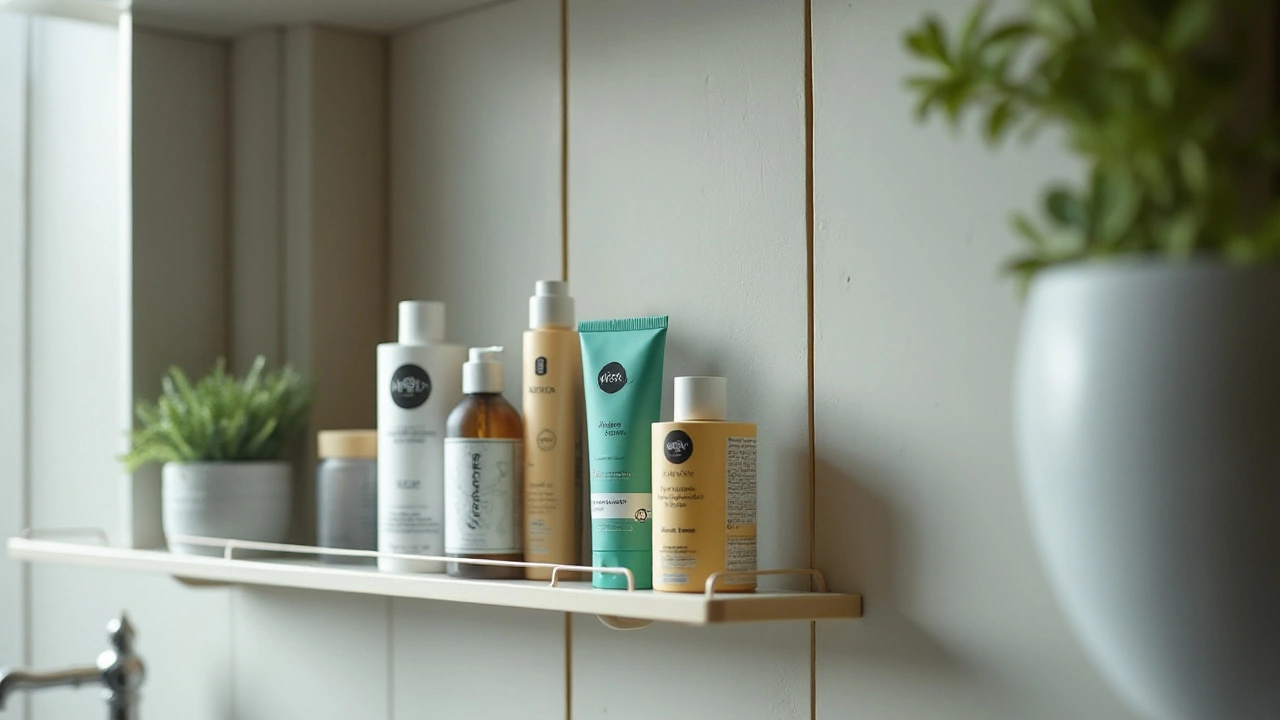Top Brands in Beauty: What Sets the Leaders Apart
When talking about top brands, these are the companies that dominate sales, set trends, and earn consumer trust across the beauty industry. Also known as leading brands, they shape everything from product innovation to marketing strategies. Understanding top brands helps you spot quality, gauge value, and avoid hype.
How Makeup, Skincare, and Beauty Brands Interact
Makeup brands, companies that create color cosmetics like foundation, lipstick, and eye shadow, are a core subset of top brands, because they drive a large share of revenue and cultural buzz. Skin care brands, specialists in cleansers, serums, and moisturizers, often share the same distribution channels and consumer base, creating cross‑category loyalty. Finally, the broader beauty brands, which may cover both makeup and skin care as well as fragrance and hair care, act as the umbrella that connects these sub‑segments and amplifies market reach.
These entities form clear semantic triples: Top Brands encompasses Makeup Brands, Top Brands includes Skin Care Brands, and Beauty Brands influence consumer buying patterns. Recognizing these connections lets you compare product lines, pricing models, and sustainability claims side by side. For example, a makeup brand that invests in clean ingredients often inspires a skin care brand under the same corporate group to adopt similar standards.
When evaluating a top brand, look at three key attributes: market share, innovation pipeline, and consumer perception. Market share quantifies how much of the total sales a brand captures in its category. Innovation pipeline reveals the frequency of new product launches, patented formulas, or tech‑driven solutions like AI‑personalized shade matching. Consumer perception captures ratings, reviews, and social media sentiment, which can differ sharply between makeup and skin care lines even within the same parent company.
Take the makeup segment as a case study. Brands that command the highest revenues typically combine strong retail presence with aggressive digital campaigns. Their product ranges often include both high‑impact color items and inclusive shade options, catering to a global audience. In contrast, some skin care brands rise to the top by emphasizing scientific research, clinical trial results, and transparent ingredient lists. Both strategies succeed because they align with distinct consumer priorities—instant visual results versus long‑term skin health.
Another practical angle is price positioning. Premium cosmetic brands, those that sit at the luxury end of the market, leverage brand heritage, exclusive packaging, and limited‑edition releases. Mass‑market makeup brands, available at drugstores and supermarkets, focus on volume, affordability, and trend‑fast turnover. Understanding where a brand sits on this spectrum helps you set realistic expectations for performance and durability.
Geography also matters. Some top brands dominate in North America and Europe, while others find their strongest foothold in Asia‑Pacific or Latin America. Regional preferences drive formulation tweaks—think brighter pigments for South Asian skin tones or lighter, oil‑free textures for humid climates. Brands that adapt quickly to these nuances often expand their global footprint faster.
For the environmentally conscious, sustainability is fast becoming a defining attribute of top brands. Look for certifications like Cruelty‑Free, Vegan, or Eco‑Friendly packaging. Many skin care brands have pioneered refillable containers, while certain makeup brands invest in biodegradable glitter or plant‑based pigments. These initiatives not only reduce environmental impact but also boost brand loyalty among eco‑aware shoppers.
In the real world, the power of a top brand shows up in how it shapes retail experiences. Think flagship stores, interactive pop‑ups, and personalized skin analysis kiosks. These touchpoints turn brand awareness into hands‑on trial, which is especially crucial for makeup where shade matching is essential. Skin care brands, meanwhile, often provide in‑store consultations or digital skin quizzes that guide product selection.
All these factors—market share, innovation, perception, price tier, geography, and sustainability—interlock to create a comprehensive picture of what makes a brand truly top‑ranked. By breaking down each attribute, you can compare brands side by side and decide which align with your personal values and beauty goals.
Below you’ll find a curated collection of articles that dive deeper into specific brands, revenue numbers, trend analyses, and practical tips for choosing the right products. Whether you’re hunting for the most profitable makeup line, the best skin care brand for your budget, or the latest eco‑friendly beauty trend, the posts ahead will give you the details you need to make informed choices.

Top Cosmetics Toiletries Brands of 2025
Unveiling the most influential toiletries brands of 2025, this article navigates through the popular names that have defined personal care. Discover the brands that have stood out in innovation, sustainability, and quality within the cosmetics industry. Dive into delightful insights and tips that reflect modern-day preferences among consumers. Learn why these brands are loved globally and how they contribute to enhancing everyday hygiene routines.
© 2025. All rights reserved.